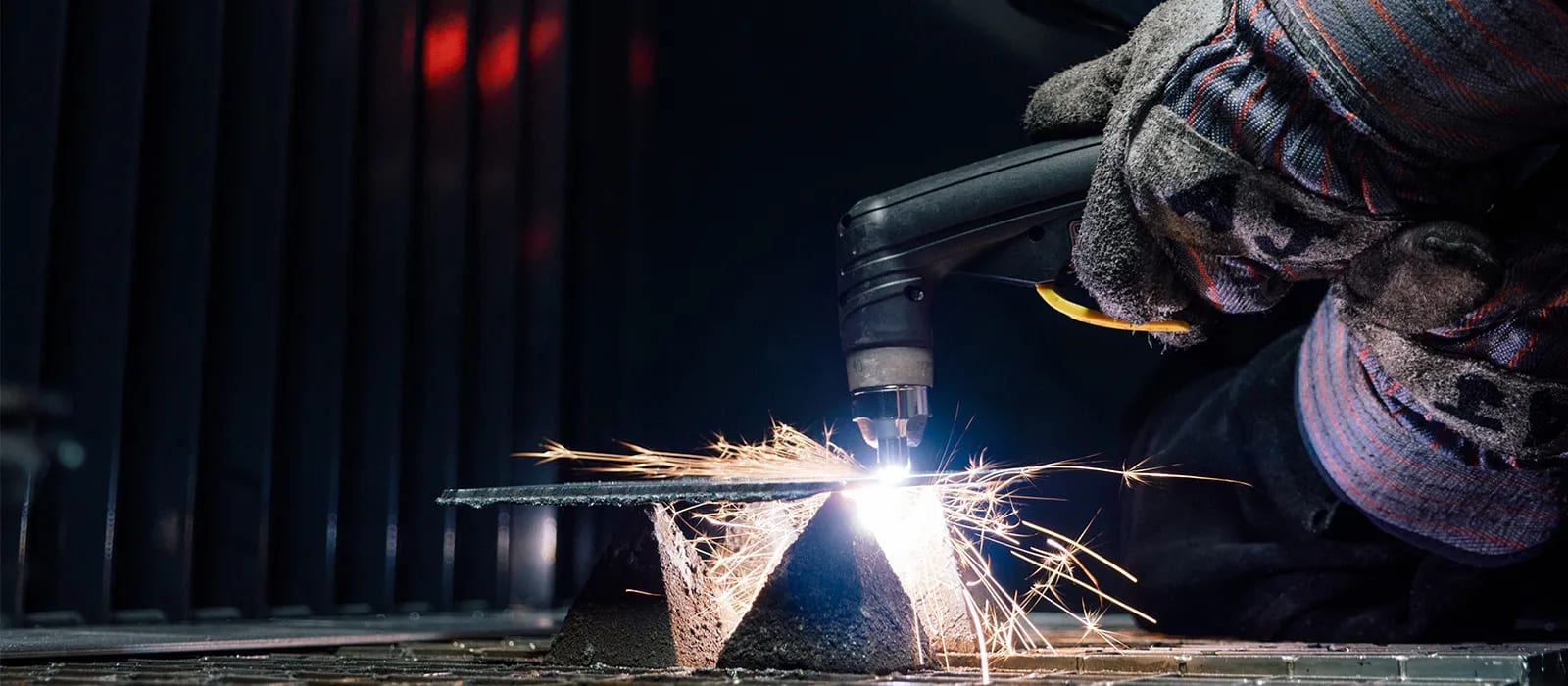Step-by-Step Overview to Preventing Weld Undercut in Different Metals
Step-by-Step Overview to Preventing Weld Undercut in Different Metals
Blog Article
Grasping the Art of Welding: Just How to Avoid Undercut Welding Issues for Flawless Construction Outcomes
Efficiency and accuracy are paramount worldwide of welding, where also the slightest flaw can endanger the architectural integrity of a produced item. One usual challenge that welders face is undercutting, an issue that can lead and deteriorate a weld joint to expensive rework. By understanding the origin of undercut welding and carrying out effective techniques to stop it, welders can raise their craft to new levels of quality (Preventing weld undercut). In the pursuit of perfect manufacture outcomes, understanding the art of welding to avoid undercut problems is not just a skill however a need for those pursuing excellence in their work.
Understanding Undercut Welding

To prevent undercut welding, welders must ensure appropriate welding parameters, such as changing the existing, voltage, traveling speed, and keeping the correct electrode angle. Furthermore, using the ideal welding technique for the certain joint arrangement is important. Using weaving motions or backstepping techniques can assist make certain proper weld metal deposition and minimize the chance of undercut formation. Routine assessment of welds throughout and after the welding procedure is also important to capture any kind of undercut very early and make necessary adjustments to prevent further problems. Preventing weld undercut. By recognizing the sources of undercut welding and applying safety nets, welders can achieve premium, structurally audio welds.
Reasons For Undercut in Welding
Understanding the elements that contribute to damage in welding is essential for welders to generate high-quality, structurally audio welds. When the weld steel does not correctly fill the groove created in between the base metal and the formerly transferred weld metal, damaging takes place. Numerous variables can result in damage in welding. One usual reason is extreme warm input. Welding at high temperatures for extensive durations can lead to the base steel thawing greater than wanted, causing undercut. Poor welding present or incorrect welding rate can likewise contribute to damage. Insufficient current might not offer enough warm to melt the base and filler steels appropriately, while extreme rate can prevent appropriate fusion, triggering undercut. Additionally, inappropriate electrode angles or incorrect lantern manipulation strategies can create locations of reduced weld metal deposition, advertising undercut. Comprehending these reasons and executing correct welding techniques can assist prevent damaging concerns, guaranteeing long lasting and strong welds.
Strategies to avoid Undercutting

To minimize the threat of undercutting in welding, welders can employ calculated welding strategies targeted at boosting the quality and integrity of the weld joints. go to this web-site One effective technique is to change the welding criteria, such as voltage, existing, and take a trip rate, to make certain correct heat input and deposition. Maintaining a suitable electrode angle and ensuring consistent travel speed can also aid prevent undercut. Additionally, using the correct welding technique for the particular joint setup, such as weave or stringer beads, can add to reducing undercutting. Preventing weld undercut.
Additionally, proper joint prep work, consisting of making sure clean base products devoid of pollutants and using the ideal welding consumables, is crucial in protecting against undercut flaws. Employing back-step welding strategies and managing the weld bead account can likewise help disperse warm evenly and lessen the risk of undercut. Normal assessment of the weld joint during and after welding, along with carrying out quality guarantee steps, can assist in addressing and spotting damaging problems immediately. By implementing these techniques vigilantly, welders can achieve remarkable construction results with minimal undercut problems.
Importance of Appropriate Welding Specifications
Picking and maintaining suitable welding specifications is necessary for achieving successful welds with very little flaws. Welding criteria describe variables such as voltage, current, travel speed, electrode angle, and protecting gas flow price that straight affect the welding process. These criteria must be carefully adjusted based on the sort of material being welded, its thickness, and the welding technique employed.
Proper welding parameters guarantee the best amount of warm is put on melt the base metals and filler material uniformly. If the criteria are established expensive, it can bring about excessive heat input, causing burn-through, distortion, or spatter. On the various other hand, if the criteria are as well low, incomplete fusion, lack of infiltration, or undercutting might take place.
Top Quality Guarantee in Welding Workflow

Verdict
In final thought, mastering the art of welding calls for a detailed understanding of undercut welding, its causes, and techniques to stop it. By making sure proper welding criteria and executing quality guarantee practices, remarkable fabrication outcomes can be accomplished. It is essential for welders to constantly pursue quality in their welding operations to stay clear of undercut issues and generate top quality welds.
Undercut welding, an usual problem in welding procedures, occurs when the weld steel does not correctly load the groove and leaves a groove or anxiety along the bonded joint.To avoid undercut welding, welders must guarantee appropriate welding parameters, such as readjusting the current, voltage, travel rate, and maintaining the right electrode angle. Poor welding incorrect or current welding rate can additionally contribute to undercut.To mitigate the danger of damaging in welding, welders can employ calculated welding methods intended at enhancing the high quality and stability of the weld joints.In verdict, mastering the art of welding needs a detailed understanding of undercut welding, its causes, and techniques to avoid it.
Report this page